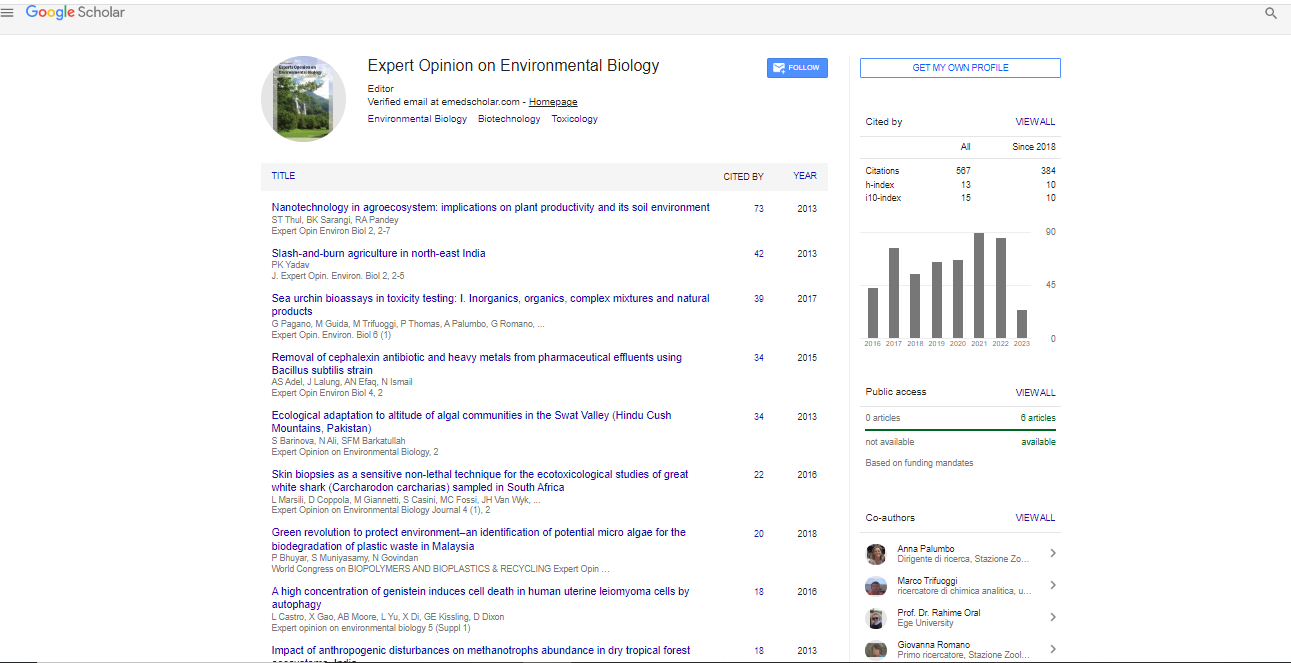What are the barriers in achieving a shared understanding of the patient safety concept between organisational hierarchy and frontline staff - How important is establishing this symbiotic relationship to Patient Safety?
Abraham Mahachi
Clinical Excellence Commission, Australia
: J Health Inform Manag
Abstract
The patient safety concept has now become widely embraced and embedded into the broader healthcare organisational psychic and structures in Australia and other developed nations’ health care organizations over the last two decades. The motivating factors that continue to drive the uptake of the Patient Safety concept are as variable as the phases, methodologies and anticipated benefits of implementation between health care jurisdictions. It has to be pointed out that integration of the Patient Safety concept has been gradual, with progress being largely dependent on bridging the knowledge gap between clinical and managerial leadership and cultural sensitivity to patient safety issues. Senior healthcare leadership and senior managers have invariably developed a much greater appreciation of the key tenets of patient safety programs. For any program to succeed within healthcare, however, greater investment has to be directed towards the people who are ultimately responsible for the implementation; frontline healthcare staffs are ultimately responsible for the actual delivery of the Patient Safety program. This presentation explores the challenges in developing a shared understanding of the Patient Safety concept capable of transcending hierarchical structures, with a hypothesis that a critical mass of frontline staff is vital to the success of the Patient Safety concept. If a shared understanding by a critical mass of frontline health care staff does not exist, neither will any Patient Safety program succeed in achieving the desired levels of harm minimization.
Biography
E-mail: zamahachi@yahoo.com
 Spanish
Spanish  Chinese
Chinese  Russian
Russian  German
German  French
French  Japanese
Japanese  Portuguese
Portuguese  Hindi
Hindi 
